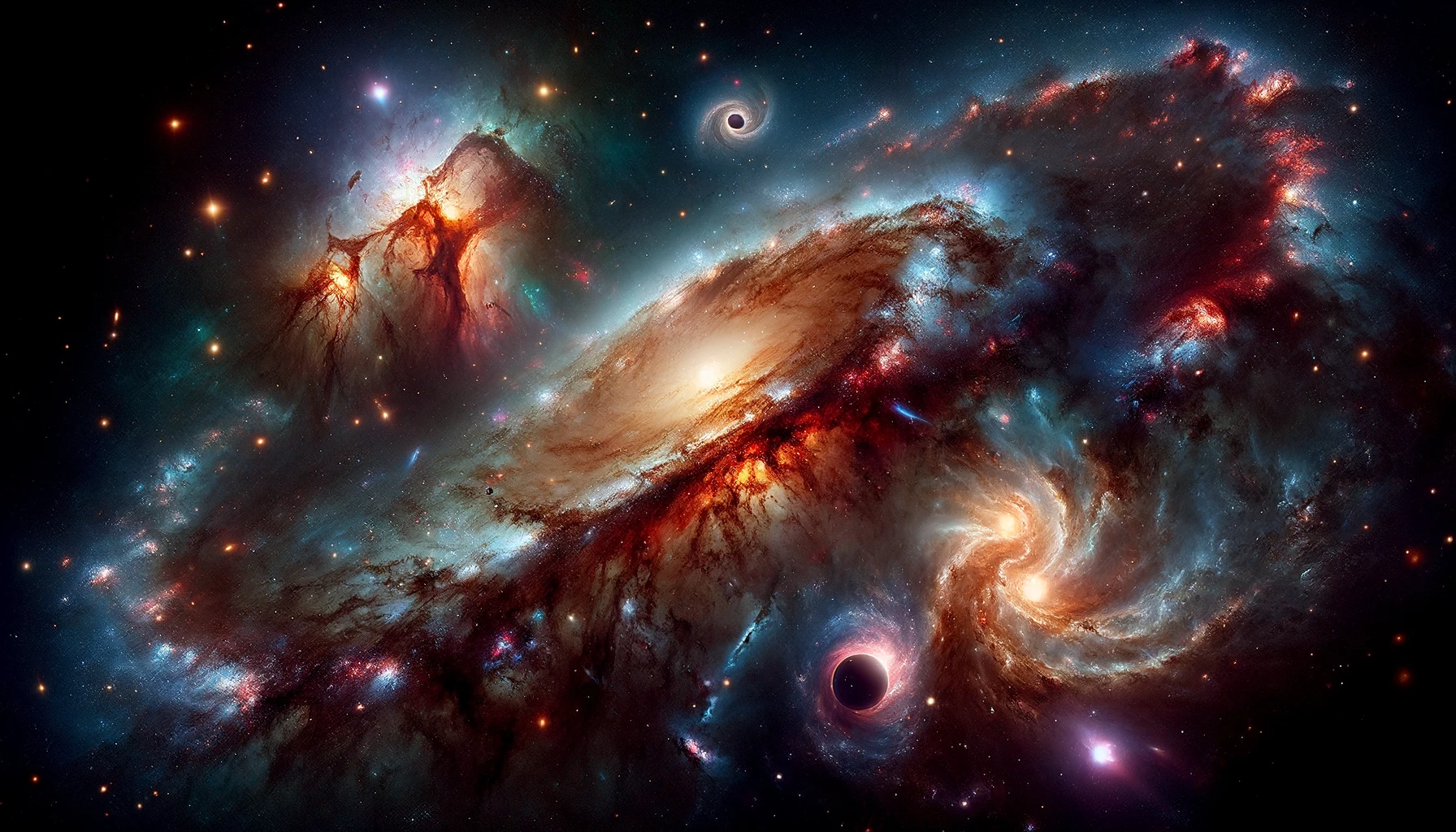Celestial objects, also known as astronomical objects, are physical entities, associations, or structures that current science has identified in the observable universe. They range from individual planets, stars, and moons to larger structures like galaxies and beyond.
Here’s a brief overview of some common types of celestial objects:
- Stars: Gigantic balls of gas, primarily hydrogen and helium, undergoing nuclear fusion to produce light and heat. Our Sun is the closest example.
- Planets: Large objects that orbit stars or stellar remnants. They don’t emit light on their own but can reflect the light of their star. Our Solar System has eight planets, including Earth.
- Moons (Natural Satellites): Bodies that orbit planets or minor planets. Earth’s moon is an example, but many other planets have multiple moons.
- Asteroids: Small rocky bodies that orbit the Sun, mainly found in the asteroid belt between Mars and Jupiter, but also elsewhere.
- Comets: Icy bodies that release gas and dust, forming a glowing coma and sometimes a tail that always points away from the Sun.
- Meteoroids, Meteors, and Meteorites: Small particles or rocks in space are meteoroids. When they enter Earth’s atmosphere and vaporize, they are called meteors. If they survive the journey and hit the Earth’s surface, they are known as meteorites.
- Dwarf Planets: Bodies orbiting the Sun that are not large enough to clear their orbits of other debris. Pluto is a famous example.
- Nebulae: Clouds of gas and dust in space, often where new stars are born or the remnants of dead or dying stars.
- Galaxies: Massive systems of stars, their planets, gas, and dust, all bound together by gravity. The Milky Way is the galaxy that contains our Solar System.
- Black Holes: Regions of space where gravity is so strong that nothing, not even light, can escape. They are the remnants of massive stars that have collapsed under their own gravity.
- Quasars and Pulsars: Energetic and distant objects powered by black holes at the center of galaxies (quasars) and rotating neutron stars emitting beams of radiation (pulsars).
- Dark Matter and Dark Energy: Hypothetical substances and forces that make up most of the universe’s mass and energy, influencing its structure and expansion.
These objects make up the fascinating and diverse universe we continue to explore and understand.
Read more about Celestial Objects.
Why is it called celestial object?
The term “celestial object” comes from the word “celestial,” which has roots in Latin. Let’s break it down:
- Celestial: This word directly comes from the Latin word “caelestis,” which means “of or belonging to the sky or heaven.”
- Object: In this context, an object refers to a thing with a physical existence.
So, combining these two meanings, a celestial object literally translates to “an object of the sky” or “a heavenly body.”
Here’s a deeper look at the evolution of the term:
- Historical Context: In ancient times, people looked up at the night sky and saw objects that seemed to move across the heavens – the Sun, Moon, planets, and stars. These objects were distinct from those on Earth and were often associated with deities or divine forces. Hence, the term “celestial” arose to describe these heavenly bodies.
- Modern Usage: Today, astronomers use “celestial object” as a more general term to encompass any natural object existing outside Earth’s atmosphere. This includes not just the familiar stars and planets but also distant galaxies, nebulae, asteroids, comets, and even black holes.
What is a natural celestial object?
A natural celestial object is any object that exists outside of Earth’s atmosphere and originated through natural processes in space, not human creation. Here’s a breakdown of the key points:
- Natural: This means the object formed on its own through physical and chemical processes in space, without human intervention.
- Celestial: As mentioned earlier, celestial refers to objects in the sky or heavenly bodies.
- Outside Earth’s Atmosphere: This is the defining characteristic that separates celestial objects from things we see in the sky like airplanes or weather balloons.
